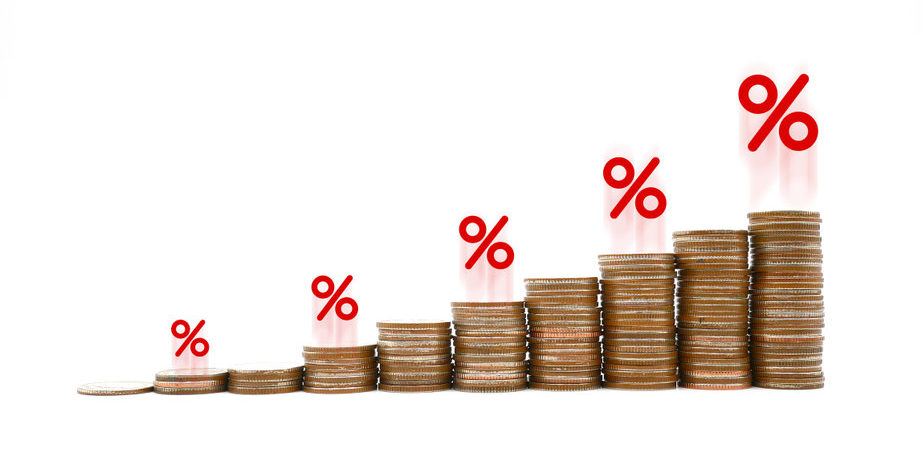The cost of goods is exploding around the world, and the Fed seems rather pleased about it. Well, maybe not totally pleased but somewhat satisfied. For a decade, the Fed had been waiting for some inflation to creep into the economy. It may seem odd that the Fed, aka, the Chief Inflation Fighter, will accept inflationary trends. But once you peel back the onion a bit, it makes sense.
The Fed and inflation: a love-hate relationship
Following the Global Financial Crisis in 2008/09, companies lowered prices in response to weak demand for end products, which was caused by substantial job losses and sharp financial moves down in the stock market. Without getting into too much detail, prices began spiraling lower at a swift pace. The Fed was alarmed to the point that it reversed its role and did what it could to encourage inflation. It enacted a quantitative easing (QE) program and began purchasing Treasury bonds to pump cash into the economy. It also kept interest rates as low as possible to encourage spending.
In the past (and in other economies), this worked. The Fed was sure it would help stabilize the economy, especially because it was operating on an open-ended timeline. But even the Fed chair at the time, Ben Bernanke, couldn’t ignite inflation with three different QE programs. The 2% annual inflation goal they set in 2011 remained elusive.
In 2020, the pandemic forced the Fed to maneuver quickly and prevent an economic catastrophe. Chair Jerome Powell used all the tools at his disposal to head off deflation. This time, it worked. We have been seeing supply chain issues, strong end demand, re-pricing of goods and sticky price increases over the past 12-15 months. It’s no surprise that the consumer price index (CPI) and other measures of inflation have risen drastically.
How long will the Fed accept strong inflationary trends?
That’s the million dollar question. The Fed wants to see strong inflationary trends – but only up to a point. Inflation expectations are still rather contained. According to Federal Reserve Economic Data (FRED), the 10 year inflation breakeven rate is just 2.27%.
But we are not experiencing a 2.2% rate of inflation today. It’s much higher. How much longer can consumer buying power be sapped by rising prices? Despite the dramatic increases in hourly wages for restaurant, hospitality and retail workers, overall wage increases are not even close to keeping up with price inflation. Credit seems to be filling in the gaps, but that’s not a good solution. If/when demand falls off a cliff, prices will again come tumbling to earth.
Everyone is feeling the effect of higher prices for groceries, gasoline, appliances and furniture. When the cost of a used vehicle is up 30% from a few short months ago, you scratch your head, wondering how long it can last – and how much worse it will get.
The Fed faces a difficult challenge when determining when to tighten its monetary policy. The pandemic is not getting better, and we are not seeing the robust, consistent job gains the Fed is looking for. Yes, Fed Chair Powell announced that the governors are taking a wait-and-see approach. But their policy is probably closer to a moderate change than none at all.



















